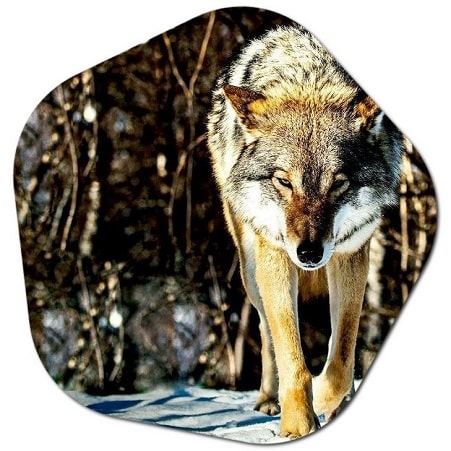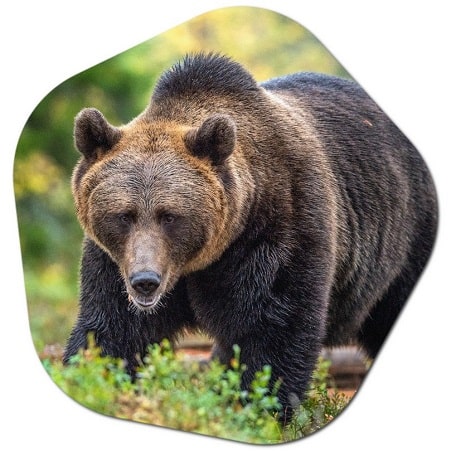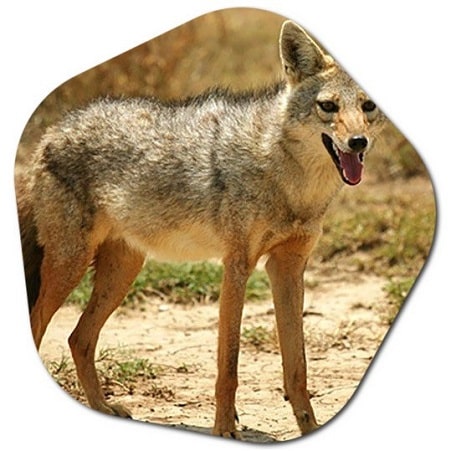The forests of the United States are home to a diverse range of wild animal species. Here are some examples of wild animals that can be found in the forests of the United States: White-tailed Deer, Black Bear, Gray Wolf, Mountain Lion (Cougar), Bobcat, Red Fox, Raccoon, Eastern Chipmunk, American Red Squirrel, Eastern Gray Squirrel, Beaver, River Otter, American Marten, Wild Turkey, Bald Eagle, Great Horned Owl, American Black Duck, Eastern Box Turtle, Timber Rattlesnake, Gray Squirrel etc.
These are just a few examples, and there are many more species of wild animals that inhabit the forests of the United States. The specific types of animals you may encounter can vary depending on the region and the specific forest ecosystem.
Names of Wild Animals Living in America’s Forests
There are various wild animals that live in the forests of America. Here are some examples of wild animals commonly found in American forests: The most abundant wild animals in the United States >>

- Black Bear
- White-tailed Deer
- Gray Wolf
- Mountain Lion (Cougar)
- Bobcat
- Red Fox
- Raccoon
- Eastern Chipmunk
- American Red Squirrel
- Eastern Gray Squirrel
- Beaver
- River Otter
- American Marten
- Wild Turkey
- Bald Eagle
- Great Horned Owl
- Eastern Screech Owl
- Pileated Woodpecker
- Eastern Box Turtle
- Timber Rattlesnake
These are just a few examples, and there are many more species of wild animals that inhabit the forests of America. The specific types of animals you may encounter can vary depending on the region and type of forest.
Is wildlife in the United States in danger?
Yes, wildlife in the United States faces various threats and challenges, which can put certain species at risk of endangerment or extinction. Some of the major factors that contribute to the endangerment of wildlife in the United States include:

- Habitat Loss: The destruction and fragmentation of natural habitats due to urbanization, agriculture, logging, and infrastructure development can significantly impact wildlife populations by limiting their available space and resources.
- Climate Change: Rising temperatures, changing precipitation patterns, and other effects of climate change can disrupt ecosystems and negatively impact wildlife species. This includes altered migration patterns, shifts in habitat suitability, and increased vulnerability to diseases.
- Pollution: Pollution, such as water and air pollution, can harm wildlife directly or indirectly through the contamination of their habitats, food sources, and waterways. Pesticides, toxins, and pollutants can have detrimental effects on the health and reproductive success of wildlife.
- Overexploitation and Illegal Wildlife Trade: Unregulated hunting, poaching, and the illegal wildlife trade pose significant threats to many species, including endangered animals like elephants, rhinos, and certain big cat species.
- Invasive Species: Non-native invasive species can outcompete native wildlife for resources, disrupt ecosystems, and drive native species towards endangerment or extinction.
- Fragmentation and Connectivity Issues: Fragmentation of habitats and barriers such as roads can restrict the movement and gene flow of wildlife, leading to reduced genetic diversity and increased vulnerability to environmental changes.
- Disease Outbreaks: Outbreaks of diseases, such as white-nose syndrome in bats or chronic wasting disease in deer, can have devastating impacts on wildlife populations, particularly if they lack natural immunity.

Efforts are being made in the United States to conserve and protect wildlife through various means, including habitat conservation, wildlife management programs, protected areas, and legislation such as the Endangered Species Act. However, continued conservation efforts, public awareness, and sustainable practices are crucial to mitigate the threats and ensure the survival of wildlife in the United States. Wild Animal Species Living in Forests in the United States >>
